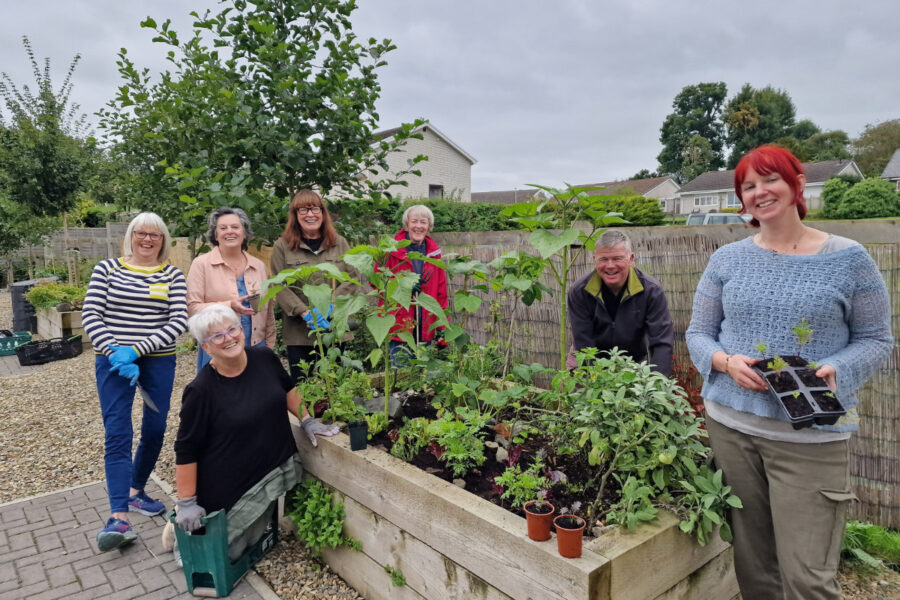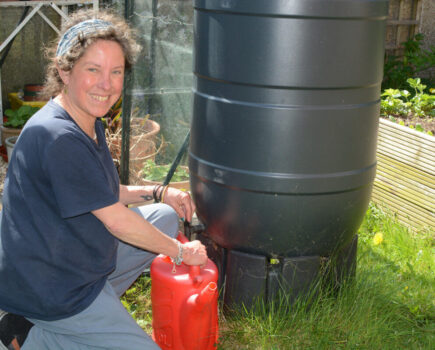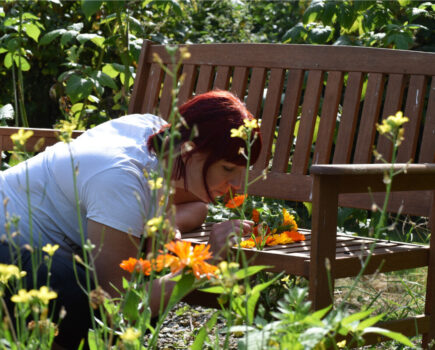AG editor Kim Stoddart explains how to save money and maximise edible pickings over the weeks ahead
We have no idea what the weather is going to throw at us over the fortnight ahead. At the time of writing I’ve experienced sunshine, hail, strong winds and thunder all in the space of 30 mins. I may be a resilient gardening expert but that doesn’t mean any of this is easy to cope with on the ground. A quick online glance at some of the extreme weather events currently taking place in other parts of the world (wildfires, flooding and storms) soon puts the picture a little more in balance.
The weather this year has been pretty rubbish for periods of time, but here it has not been as challenging (or indeed life-threatening) as it has in many other parts of the world. That said, as autumn and the nights start to draw in I’m sure you’d be forgiven for feeling a little ‘robbed’ of a summer. So, as a small way of helping, I’d like to offer up some of the fun projects from the climate change community garden I manage with my fantastic group of volunteers at Tyfu Creuddyn in Wales, with a feel good factor near guaranteed.
Experiment with what you can grow in water
This is a good entry level exercise with anyone new to gardening as it boosts your confidence to see how many plants can grow from cuttings placed in a little water on a warm, bright windowsill. It brings alive the magic of gardening and money saving, and it’s always surprising how many new plants can be successfully propagated in this way.
It works especially well for many herbs, thyme, mint and basil in particular. For anyone who has struggled to grow these, I highly recommend giving it a go. Just take a series of cuttings around 10cm (4in) in length, remove half the lower leaves first before placing in water to help conserve energy for the herb to grow root, and place them in a jam jar or glass of water then watch as the roots start to form.
Basil needs sunshine and warmth, but thyme and mint can be successfully grownindoors through the winter for repeat pickings. Plant your cuttings into pots of peat-free multipurpose compost as soon as thumb-length roots have started to form.
TIP for mint
Believe it or not, some people do struggle with growing mint and it’s one of those plants that knows what it likes. Although it usually takes over, sometimes it can seriously struggle to grow, in which case try planting it in a few out of the way places to see which it prefers. Just remember that it’s best to grow it in containers, as once it’s established it can’t help but spread.
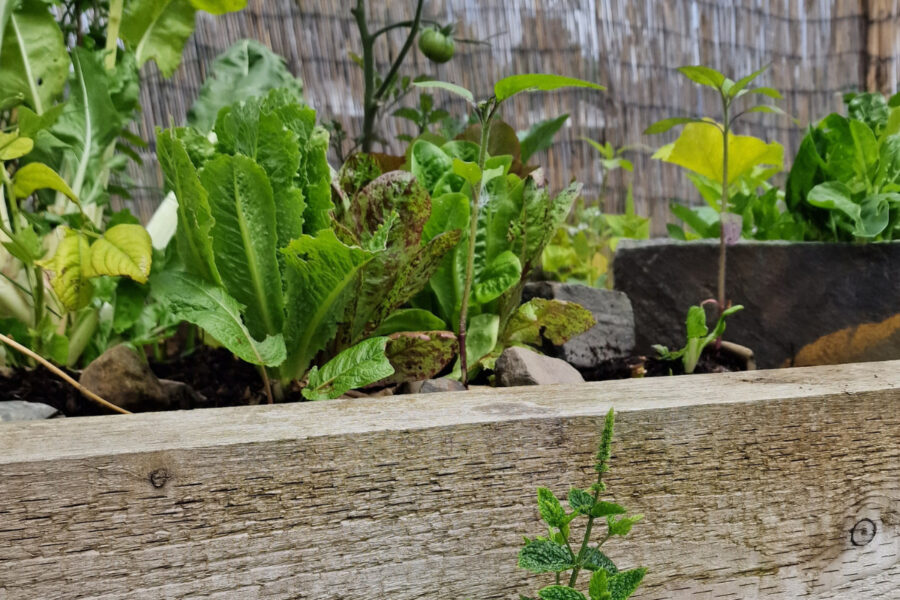
Get creative with planters

There are all sorts of ways to grow indoors over winter and it’s really fun to experiment with what you have to hand, or can salvage. It feels so good turning a single use plastic item into a longer-term useful planter, or scouring charity shops for items that be turned into interesting windowsill edible gardens.
There are also lots of delicious pick-and-come-again opportunities for the fortnights ahead. Some of the easiest to work with in a small space include loose leaf salad leaves, Chinese greens and mini brassica leaves such as kale. Why not use up seed you already have spare to help ensure an ongoing supply of delicious indoor baby leaves? The more you pick, the more you get.
If you have any lettuce, fennel or coriander plants which have bolted, try and allow them to grow on and set seed. Bring them inside to dry where you can if the weather remains wet. These might not be the best quality seed but they’ll be fine for small-scale pickings and who doesn’t love the zesty taste of coriander or the fantastic fresh flavour of fennel. Actually, a small percentage of the population do have a chemical reaction to coriander so it tastes like soap for them, but if you are not one of these people, I urge you to dry and sow some of these seeds for delicious autumn and winter pickings.
Keep experimenting
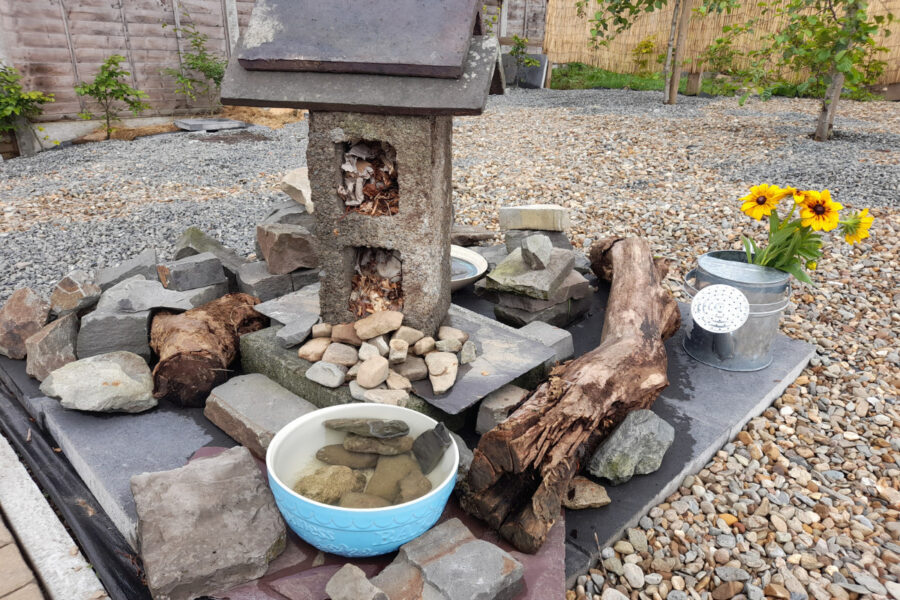
In our changing climate it is more important than ever to keep trying out new ways of doing things to see what is possible, reaching out to others in your community and sharing ideas and encouragement. Moreover, it’s really enjoyable to do so. From making use of waste items you’ve had lying about, to growing on plants for longer, the more we push the realms of what is possible, the more we can find our way forward for a more resilient, hopeful and joined-up future for us all.
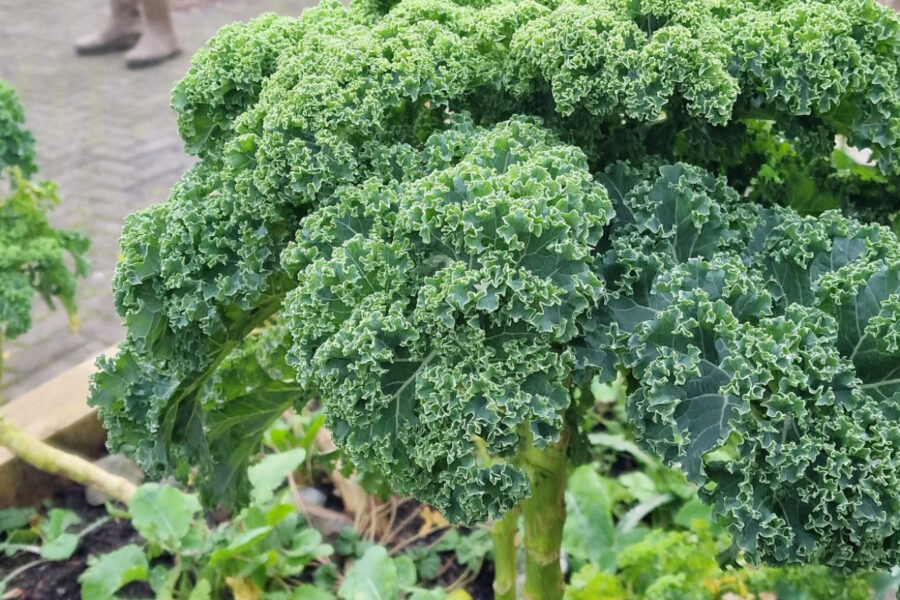
Grow a little wilder where you can
Regular readers of AG will be aware that I do a lot of experimenting
One thing we can have control over is the ability to save a little money here and there, sow some more seed and bask in the delight of our gardens
Find more tips, advice and articles like this at the Amateur Gardening website. Subscribe to Amateur Gardening magazine now

